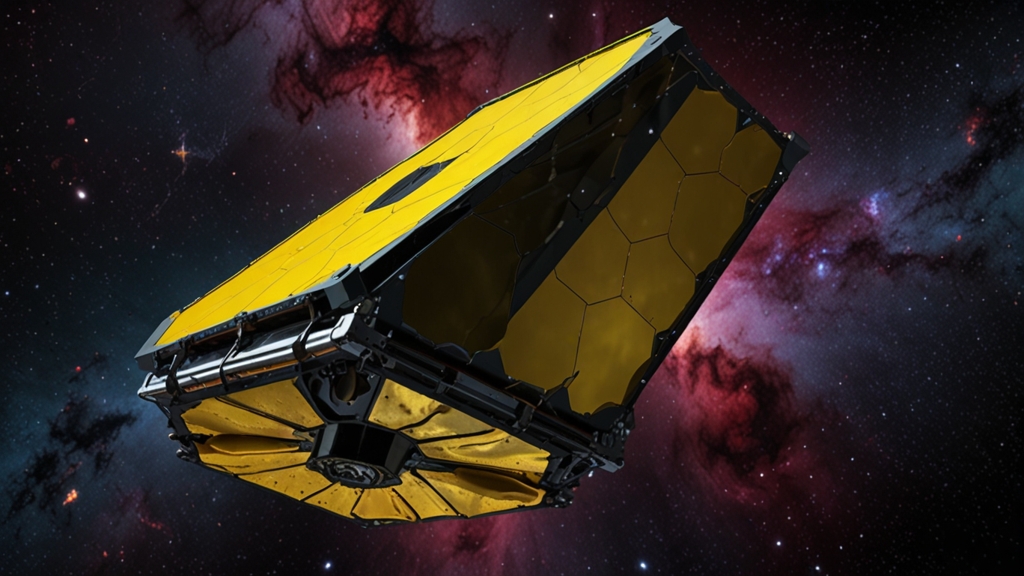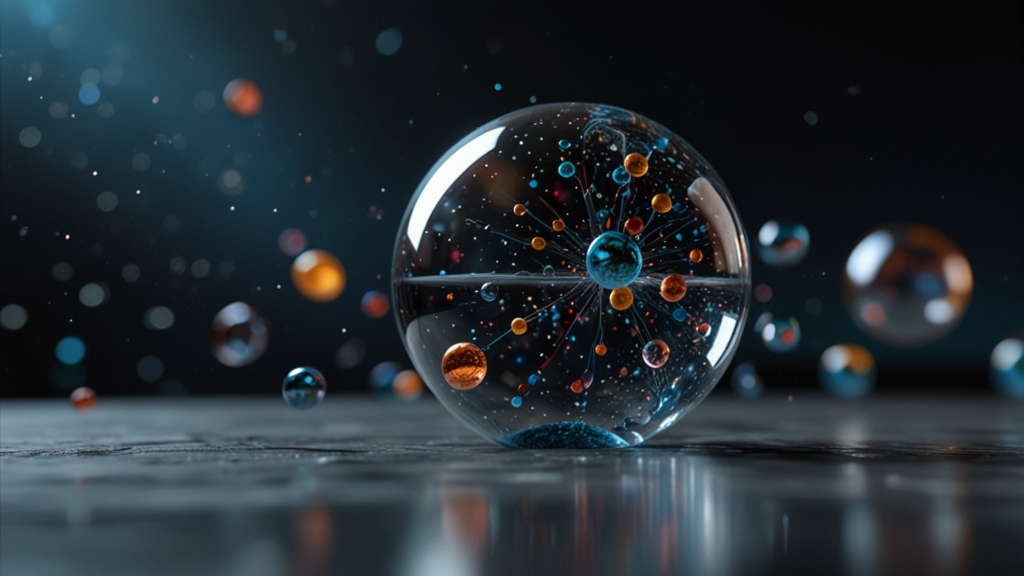Inventions That Seem Like Magic But Are Actually Real
In the annals of human ingenuity, few things capture our imagination like inventions that seem to spring right out of the pages of a science fiction novel. These technologies blur the lines between reality and magic, leaving us in awe of what human creativity and persistence can achieve. Here, we explore some of these remarkable inventions that make us question the very fabric of reality.
Holograms: The Art of Floating Images
Remember those futuristic scenes in movies where a 3D image floats in mid-air? Holography has turned that cinematic wonder into a real-world technology. Companies like Microsoft and Leia Inc. are pushing the boundaries with devices that can project 3D holograms, allowing us to interact with visual information in unprecedented ways.
“Any sufficiently advanced technology is indistinguishable from magic.” - Arthur C. Clarke
HoloLens, a mixed reality headset by Microsoft, empowers users to overlay 3D holographic images onto their physical environment. Whether for gaming, design, or medical applications, the possibilities seem limitless. Holograms, once a work of fiction, are now an incredible reality.
Quantum Computing: The Power of the Subatomic
The concept of quantum computing often feels like delving into realms of the mystical. Conventional computers process information in bits, represented as 0s and 1s. Quantum computers, however, use quantum bits or qubits, which can exist simultaneously in multiple states. This property, known as superposition, enables quantum computers to solve complex problems that would take classical computers millennia to crack.
Google and IBM are at the forefront of this technological marvel. In 2019, Google announced that its quantum computer, Sycamore, achieved “quantum supremacy” by performing a calculation in 200 seconds that would take a classical supercomputer approximately 10,000 years.
"We are entering a new era of computing that is poised to have an impact far beyond anything we can currently predict." - Sundar Pichai, CEO of Alphabet Inc.
Artificial Intelligence: Machines That Think
Artificial Intelligence (AI) has advanced to a level where machines appear to possess cognitive abilities, leading to astonishing applications in various fields. AI algorithms can now identify diseases in medical images more accurately than human doctors, compose music, write news articles, and even create artworks.
This extraordinary technology is driven by machine learning and neural networks, which mimic the neural structures of the human brain. The seemingly magical ability of machines to "think" and "learn" is underpinned by vast amounts of data and complex algorithms. Companies like OpenAI and DeepMind continue to push the envelope, transforming sectors from healthcare to entertainment.
Smart Contact Lenses: Augmenting Reality
For those who believe in the potential of augmented reality (AR), smart contact lenses represent a leap forward. Imagine a lens that can project information directly onto your retina, eliminating the need for external screens.
Mojo Vision is pioneering the development of such smart contact lenses. These devices are designed to provide users with real-time data overlays, such as navigation instructions or health metrics. The lenses integrate tiny displays, smart sensors, and wireless connectivity, turning your eyes into a sophisticated interface with the digital world.
Nanotechnology: The Invisible Revolution
Nanotechnology involves manipulating matter at an atomic or molecular scale, typically below 100 nanometers. It's a realm so tiny that it genuinely feels otherworldly. Yet, this technology has begun to revolutionize medicine, electronics, and materials engineering.
For example, nanorobots are being developed to perform highly targeted drug delivery within the human body. These microscopic agents can navigate through the bloodstream, identify cancer cells, and release medication precisely where it’s needed, minimizing side effects.
Conclusion
What once seemed like wizardry is now the fruit of human intellect and hard work. Holograms, quantum computing, AI, smart contact lenses, and nanotechnology are just a few examples of how far we've come. These inventions, which feel almost magical, stand as a testament to our boundless creativity and relentless quest for progress.








